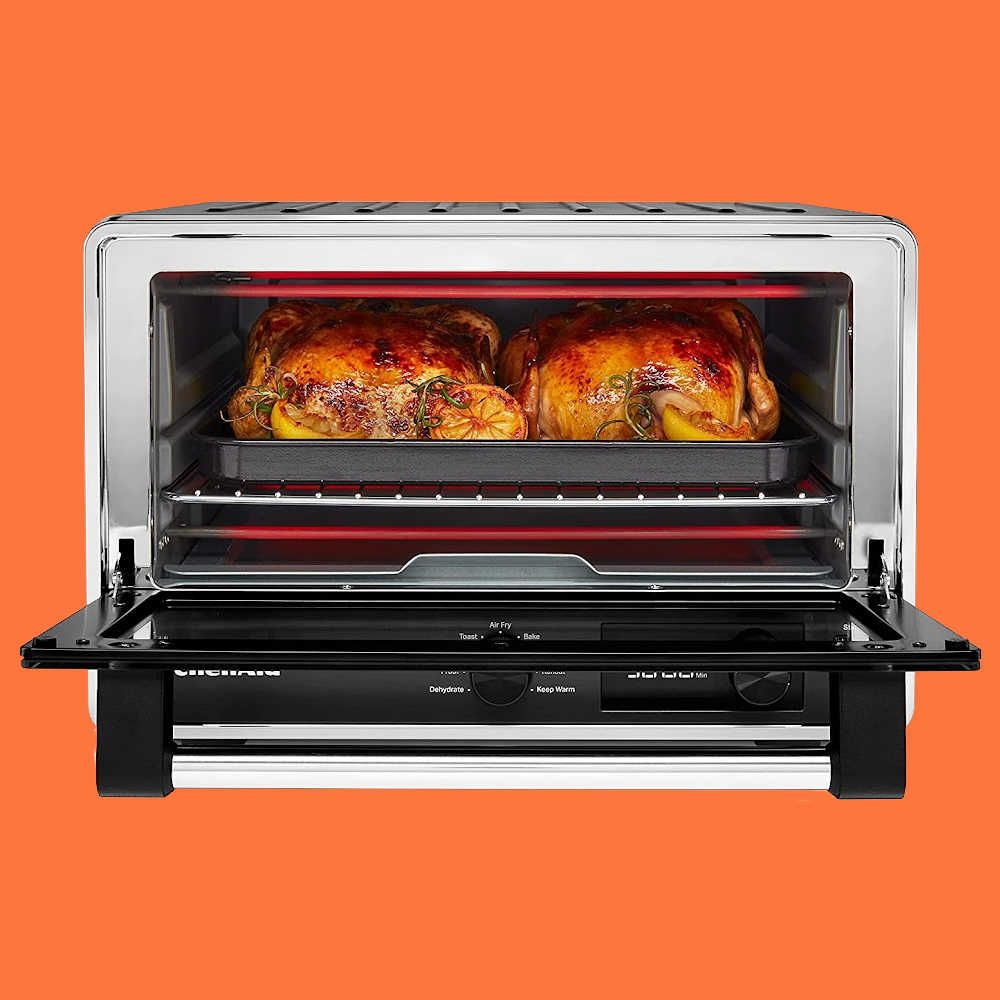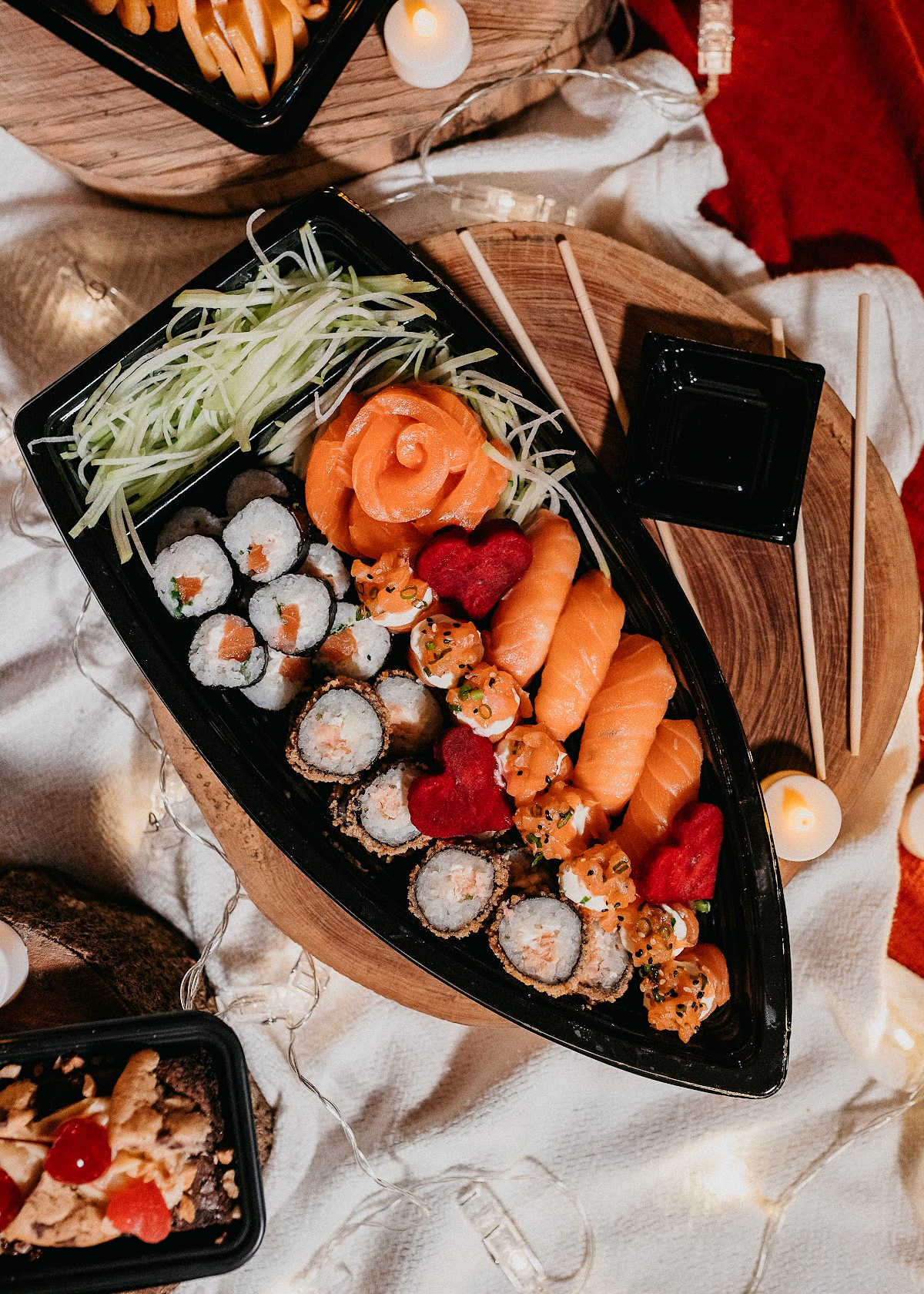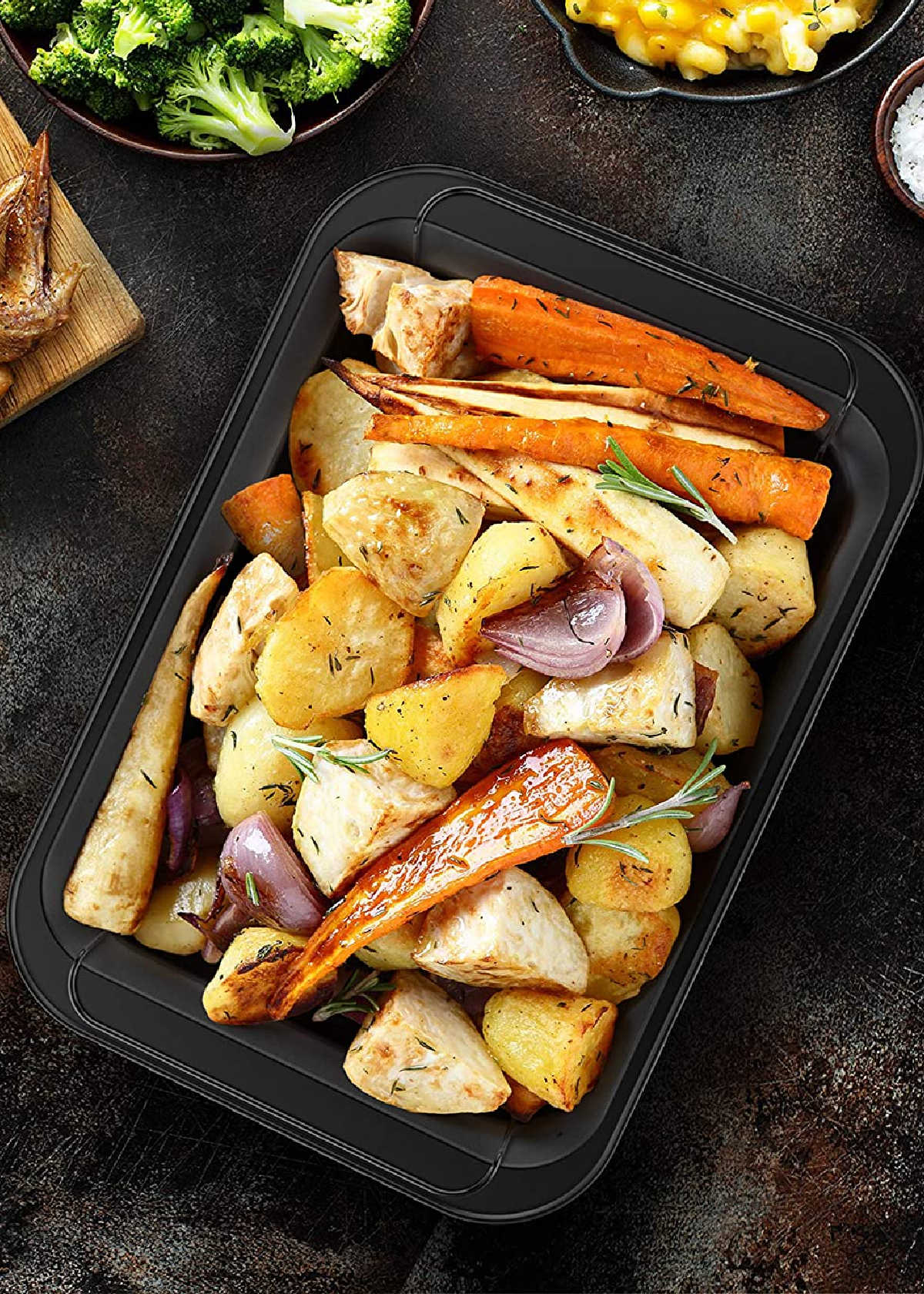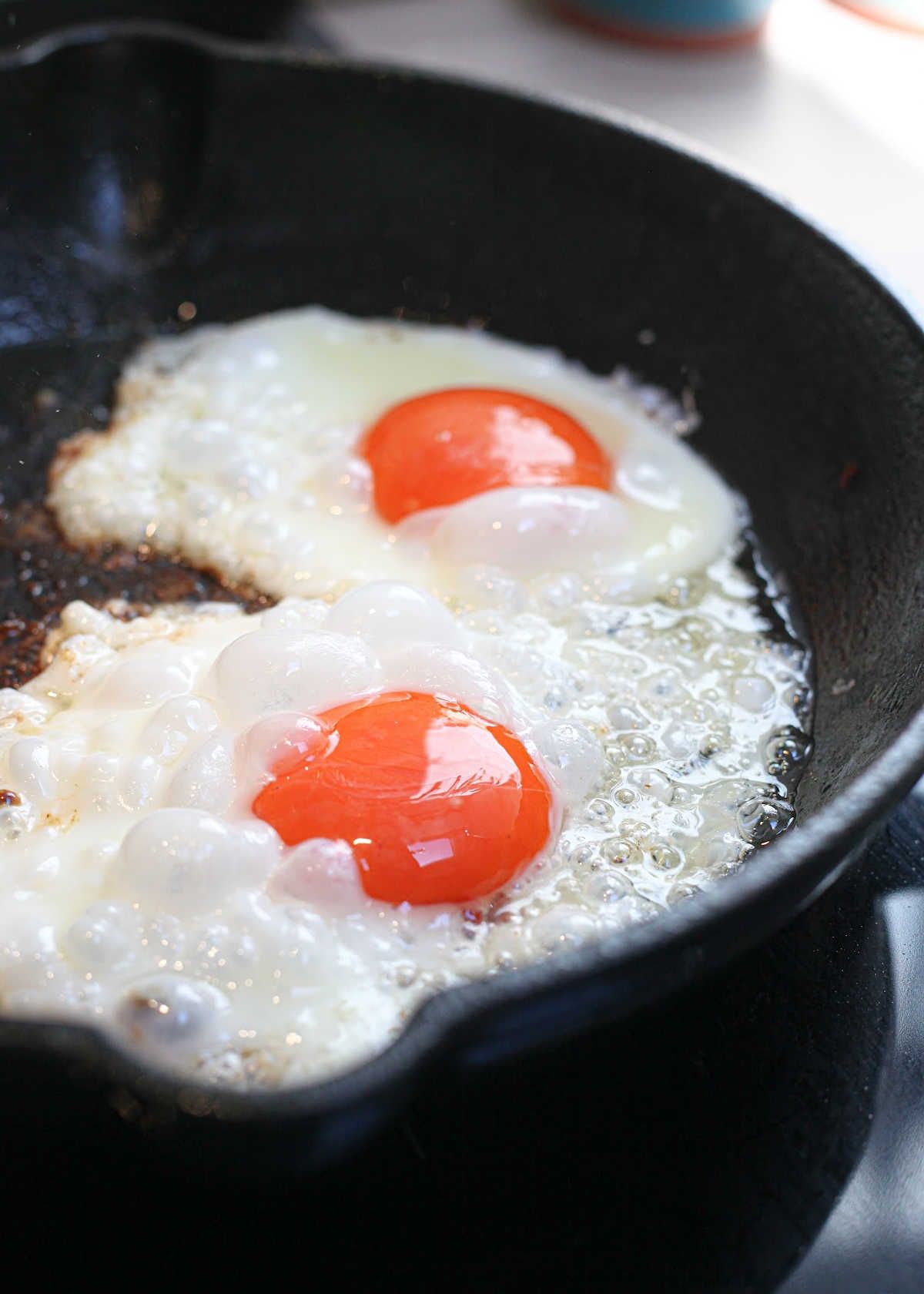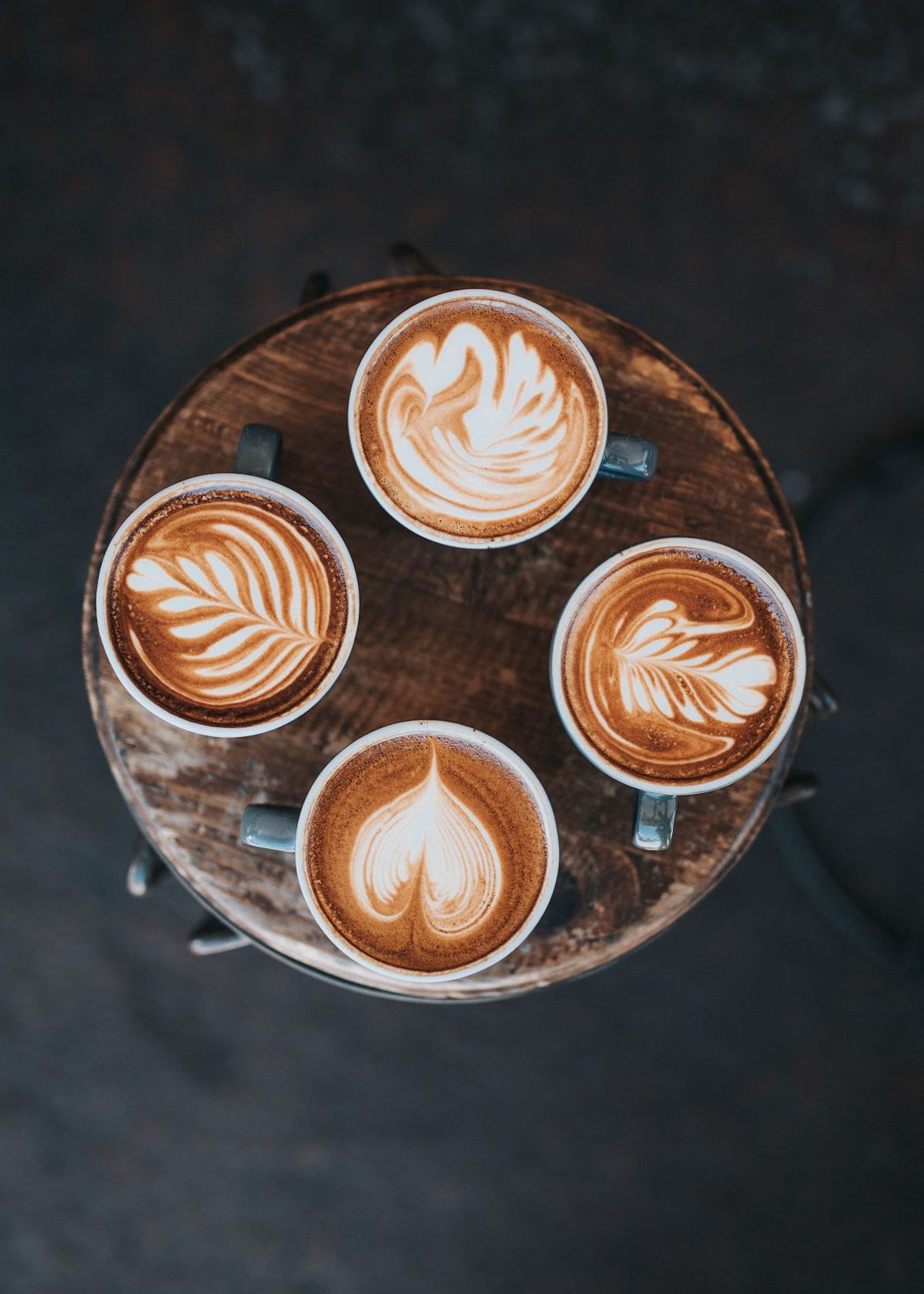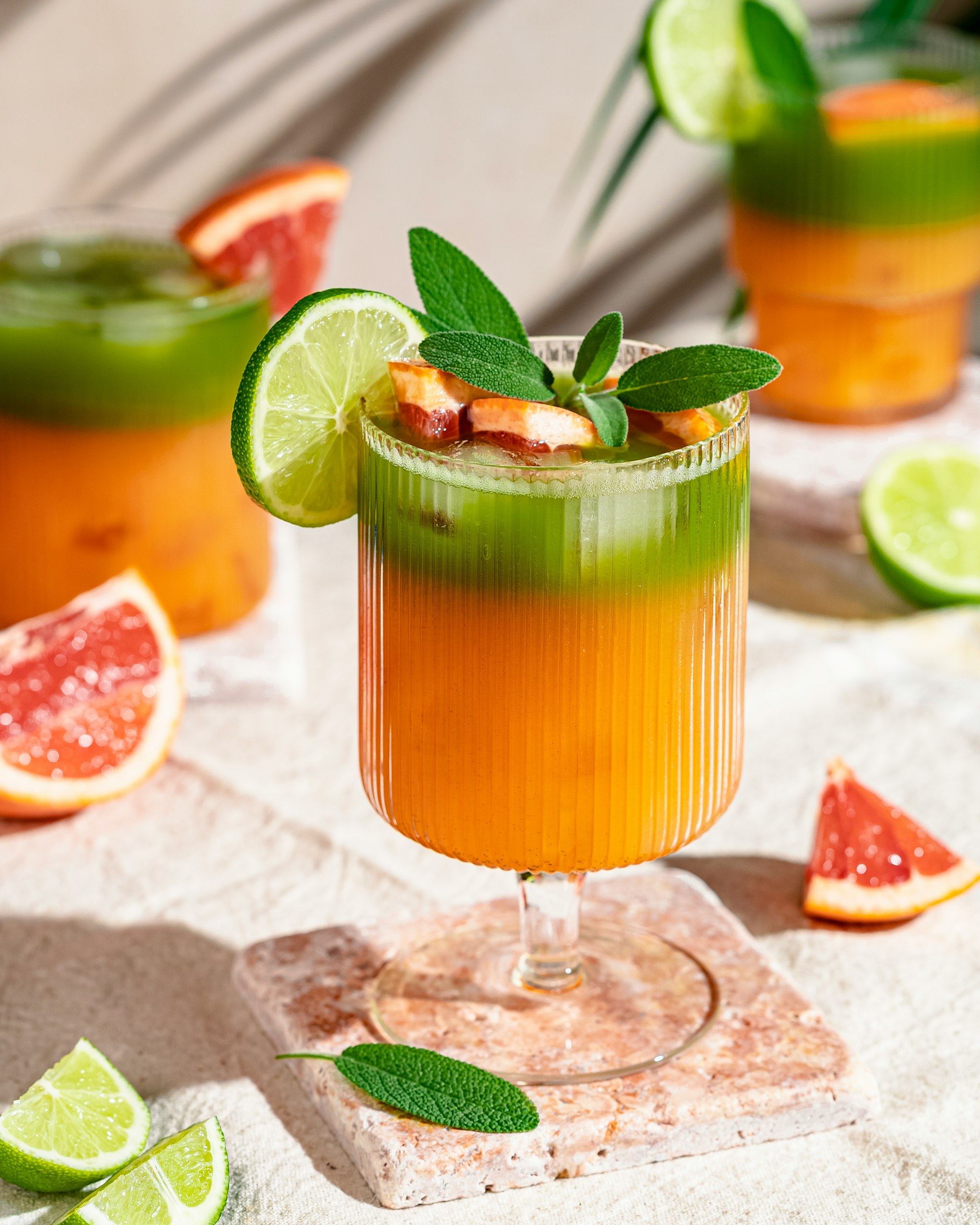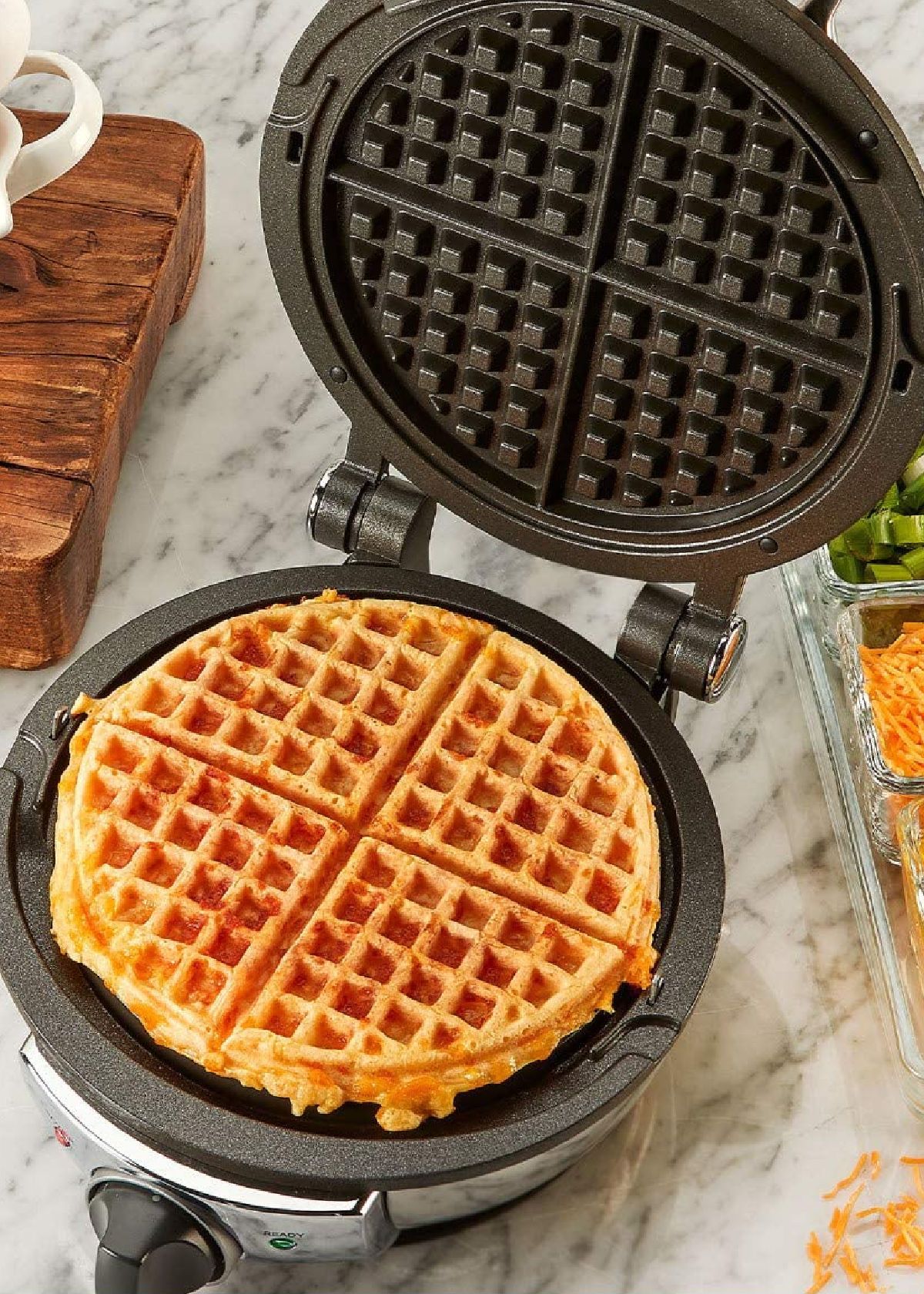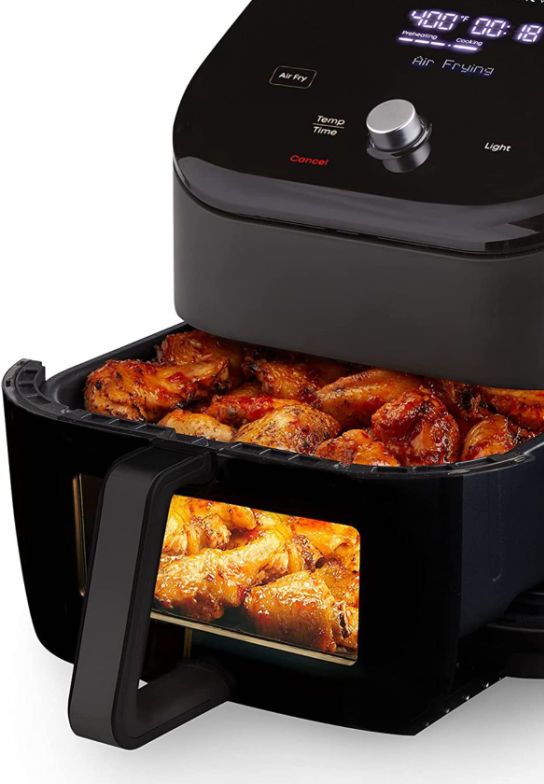Content Summary
For any wine lover, maintaining the perfect temperature is essential for preserving the quality of their favorite bottle of wine.
Proper wine storage is key in ensuring that it matures gracefully over time and tastes as delicious as intended. The ideal temperature for storing wine is between 45°F to 65°F (7°C to 18°C) depending on the type of wine.
We will discuss the details of the optimal temperatures for storing different wines, short and long-term storing, the difference between single-zone wine fridges and dual-zone wine fridges, and which one suits your wine collection best.




The Ideal Temperature
- For general long-term (>6 months) storage, a temperature of 55°F (13°C) is considered the ideal temperature for all wines.
- It’s worth noting that temperature fluctuation should be minimized due to the impact that changes in temperature have on a wine's flavor.
- A wine bottle should be stored in a cool, dark area with as little exposure to heat and light as possible. While darkness and humidity are both important factors, temperature is arguably the most crucial. Wine refrigerators are a real solution.
- Humidity: Humidity is also an important factor in maintaining a wine’s quality. A humid environment helps to keep the cork from drying out and will help to prevent undesirable oxidation. The optimal humidity level is about 70%.




Optimal Temperature
The optimal wine storage temperature range while keeping it at the right temperature for serving, is between 45°F to 65°F (7°C to 18°C). Note: these temperatures are for short storing (<6 months). However, the exact temperature differs depending on the wine types you intend to store.
For instance, sparkling and white wines are best stored at cooler temperatures while red wines should be stored at slightly higher temperatures. Details as below.
1. Full-bodied Red Wines
- Cabernet Sauvignon: 55°F (13°C)
- Syrah/Shiraz: 58–64°F (14–18°C)
- Merlot: 57–61°F (14–16°C)
- Zinfandel: 60–68 °F (15.6–20°C )
- Malbec: 59– 64°F (15–18ºC)
- Petite Sirah/ Durif: 62–68 °F (17–20°C)
2. Medium-full-bodied Red Wines
- Bordeaux Blends: 55–62°F (13–17ºC)
- Cabernet Sauvignon: 55°F (13°C)
- Syrah/Shiraz: 58–64°F (14–18°C)
- Merlot: 57–61°F (14–16°C)
- Zinfandel: 60–68°F (15.6–20°C)
- Malbec: 59–64°F (15–18ºC)
- Petite Sirah / Durif: 62–68°F (17–20°C)
3. Light-medium-bodied Red Wines
- Pinot Noir: 53–58°F (11.5–14.5 °C)
- Gamay: 54–57°F (12–14°C)
- Grenache/Garnacha: 59–64°F (15–18ºC )
- Sangiovese: 57–62°F (14–16.6°C)
- Barbera: 58 – 64°F (14-18ºC)
- Beaujolais: 55–59°F (12.5–15°C)
4. Dry White Wines
- Chardonnay: 51–55°F (10.5–12.8ºC)
- Sauvignon Blanc: 45–50°F (7–10°C)
- Viognier/ Condrieu: 48–55°F (9–13°C)
- Pinot Grigio/Gris: 45–50°F (7–10°C)
- Semillon: 48–54°F (9–12°C)
- Muscadelle/Sémillon: 48–54°F (9–12°C)
- Riesling: 45-50ºF (7–10ºC)
5. Sparkling Wines And Sweet Wines
Sparkling Wines:
- Champagne: 45–50°F (7–10°C)
- Prosecco: 45–50°F (7–10°C)
- Cava: 45–50°F (7–10°C)
- Crémant/ Sparkling Burgundy: 46–49°F (8–9.5°C)
- Champagne Mousseux: 46–49°F (8–9.5°C)
Sweet Wines:
- Sauternes/Late Harvest Varies: 48–53°F (9–12ºC)
- Tokaji Aszu: 50 ± 2ºF or 10 ± 1º C
- Icewine: 44–48ºF (7–9ºC)

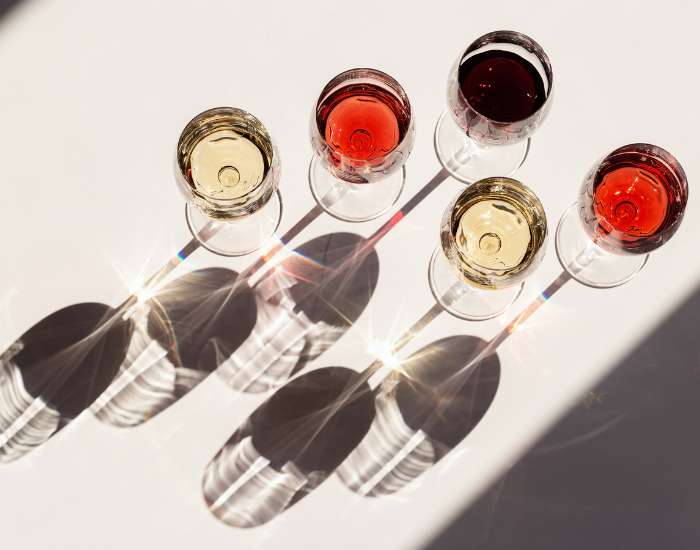


Wine Fridge Temperature
Wine fridges are different from regular refrigerators as they maintain a specific temperature range, and most importantly, the temperature is consistent and doesn’t fluctuate, which is essential for wine storage. Wine fridges come in two types for storing wines, single-zone, and dual-zone.
1. Single Zone Wine Fridge
A single-zone wine fridge has only one temperature control system, meaning that all the wine bottles are stored at the same temperature. This type of wine fridge is suitable for those who only collect one type of wine.
It is suitable for those who primarily store only one type of wine, such as red, or white, or sparkling, as they require different temperatures for ideal storage.
However, if you collect different types of wine, like red and white wine or champagne and want to keep them at serving temperature, then a single-zone fridge will not suffice.
Generally, a single-zone wine fridge’s temperature ranges from 40º-65ºF, and when it's set to only one specific temperature to 55ºF, it is perfect for aging and maintaining the quality of all types of wine.


2. Dual Zone Wine Fridge
A dual-zone wine refrigerator has two temperature control systems, meaning that you can store two or more different types of wine at two different temperatures.
This type of wine fridge is best for those who collect different types of wine, and need to store them at their ideal temperatures for either serving or aging.
Example #1: if you collect both red and white wine, having a dual-zone wine fridge will enable you to store both types of wine at their respective ideal temperatures. Important: it depends if you want to have your wine ready for serving, or to age (>6 months storage).
Example #2: if you prefer red wine, and want to keep some bottles ready to serve and others for aging, you need a dual zone wine fridge: one zone, 55ºF for aging, the other zone 65ºF for serving. Same, for white or sparkling wines: 55ºF for aging, the other zone 45ºF for serving.
Typically the bottom compartment is warmer for red wines, with a temperature range of 55º-65ºF, while the top is cooler for white wines, ranging from 45º-55ºF.


The Temperature For Wine Fridges FAQs
What is the coldest wine that can be stored at?
The coldest wine that can be stored at is Icewine, which should be kept at 44–48ºF (7–9ºC). Other wines should be stored at temperatures as per the details provided above.
What is the highest temperature to store wine?
The highest temperature to store wine is 68°F (20°C), which is best for wines such as Zinfandel, Petite Syrah/Durif, and Malbec. Generally, a single-zone wine fridge’s temperature ranges from 45-65ºF.
What temperature destroys wine?
Wine should not be stored at temperatures above 68°F (20°C) as this can damage the wine. Temperatures higher than this can cause the wine to become over-oxidized, which will give it an unpleasant flavor.
Can cold temperatures ruin wine?
Cold temperatures can ruin the wine. If the temperature drops too low (below 44º-48ºF or 7º–9ºC), it can cause the wine to freeze and expand, which may damage the cork and spoil the wine.
What wine should not be refrigerated?
Wines should be stored in a wine refrigerator. This includes some light reds, such as Beaujolais and rosé. These wines are best served at a slightly cooler temperature than room temperature (max. 65ºF).
When you don't have a wine fridge, they can be stored in a cool storage space, preferably a basement or wine cellar.
& Buit-In Wine Fridges & Small Wine Fridges & Beverage Fridges
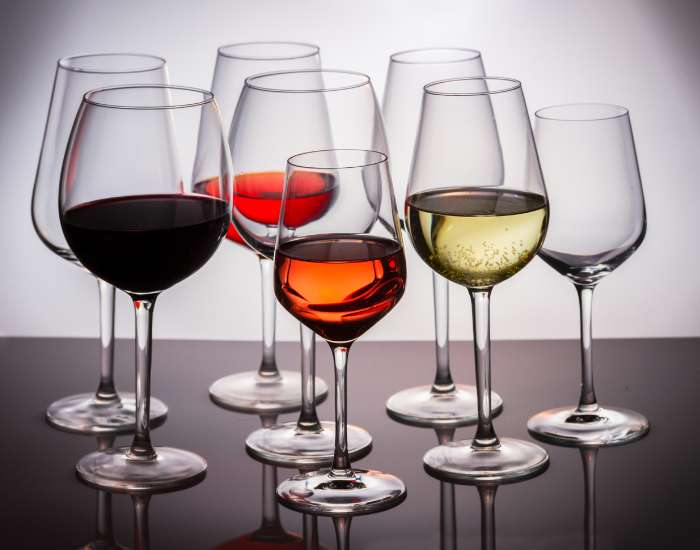
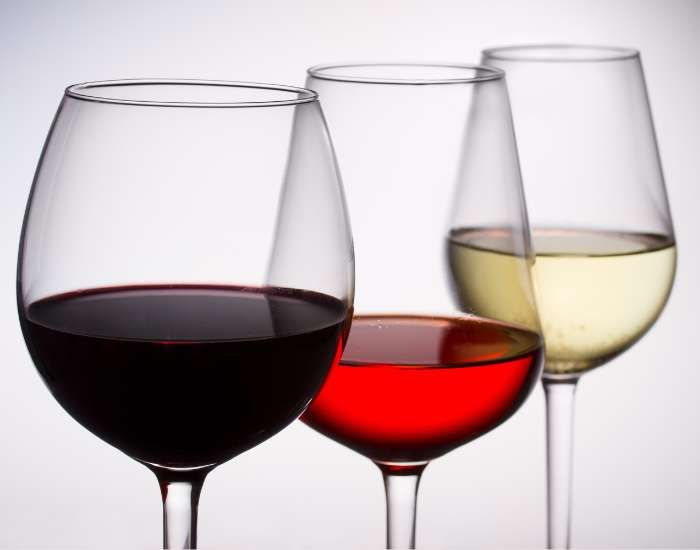
Tips & Tricks
These are some tips for maintaining proper wine fridge temperature:
- It is essential to keep your wine fridge at a consistent temperature as even minor fluctuations can affect the flavors and quality of your wine.
- It is also essential to remember that after you have set the temperature in your wine fridge, it will take some time for it to reach the ideal temperature.
- Therefore, it is recommended to adjust the temperature gradually and wait for a few hours before making any further changes.
- Avoid placing the wine fridge near heat sources, such as appliances that give off heat (like the oven or stove) and direct sunlight.
- It is best not to open the wine fridge too often, as this can disrupt the temperature recovery process and introduce moisture to the bottles.
- Make sure the wine fridge is well-ventilated to allow it to work efficiently and maintain the right temperature.
Maintaining the correct wine fridge temperature is crucial for preserving the quality and taste of your wines.
We have picked 8 wine coolers that are in a range of 12 to 46 bottle capacity, both single and dual-zone options. Check out our list to find the best wine cooler for you!

Whether you choose a single or a dual zone wine cooler, make sure to set the wine temperature according to the wine varieties you intend to store and keep in optimum condition.
With these tips in mind, you can enjoy your favorite bottle of wine as intended, from the moment you open it, till the last sip.
Happy sipping!
Catchy Finds




